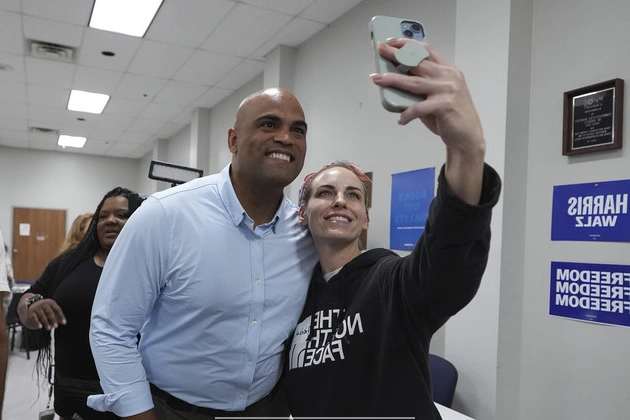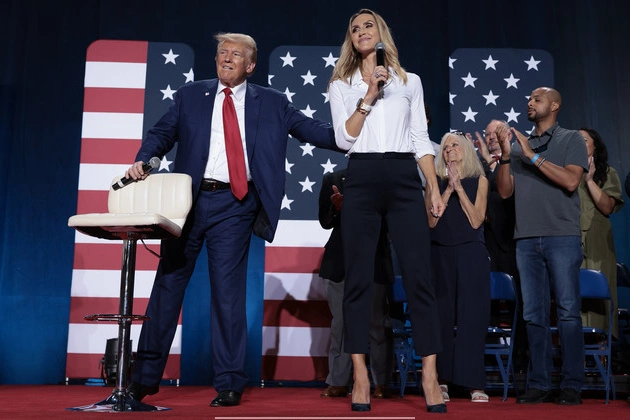
The Shift in Local Governance
LOS ANGELES — Los Angeles is awaiting a transformative figure akin to its own George Washington, symbolizing a significant shift in local governance.
With voters approving the establishment of a new oversight office for their government, the focus now shifts to defining the extent of authority vested in this novel position. Tasked with representing the nearly 10 million residents of Los Angeles County, the upcoming county executive role is poised to become a pivotal force in American local governance, reshaping the landscape of California politics.
Redefining Executive Authority
The crux of the matter lies in delineating the balance of power between the new executive and the incumbent Board of Supervisors, who have traditionally wielded control over the county’s substantial budget and administrative appointments.
This monumental shift marks a departure from the status quo, necessitating careful consideration of the power dynamics at play. As Raphael Sonenshein, an expert in governance, aptly puts it, the design of this new office poses fundamental questions that demand nuanced solutions.
Setting the Stage for Change
A 13-member task force has convened to embark on a three-year journey to revamp the county’s governance structure, a process that includes establishing an ethics commission and expanding the Board of Supervisors. Central to their mandate is the timely implementation of the county executive role, slated for voter selection in November 2028.
Unveiling a Novel Concept
While the concept of elected county executives is prevalent across the nation, it remains a novel concept in California, where county governance has historically been overseen by five-member boards of supervisors without an overarching elected executive.
The introduction of this new role marks a significant departure from tradition, promising a seismic shift in the dynamics of local governance.
Navigating Uncharted Waters
As the county charts new territory, the contours of the executive role are yet to be fully defined. While Measure G outlines key responsibilities such as budget approval and departmental oversight, critical details remain unresolved.
Members of the task force face the intricate task of delineating the division of powers between supervisors and the executive, a process that extends to staffing decisions and board appointments.
Shaping the Future of Governance
The impending constitutional challenge lies in determining the executive’s veto authority, a pivotal decision that could shape the county’s legislative landscape.
Amidst these deliberations, the task force’s holistic approach to governance reform underscores the significance of this transformative moment in Los Angeles County’s history.
Embracing Change
As the county embarks on this journey of reform, the inaugural county executive inaugurated in December 2028 will wield considerable symbolic power, setting precedents akin to the founding fathers of the nation.
The allure of this influential role has already piqued the interest of several prominent figures, foreshadowing a dynamic political landscape in the years to come.
Charting a New Course
With the dawn of a new era in Los Angeles County’s governance, the forthcoming executive role promises to redefine the contours of local politics, offering a platform for ambitious leaders to shape the region’s future.
As the county prepares for this monumental transition, the echoes of change reverberate across California, heralding a new chapter in local governance.











